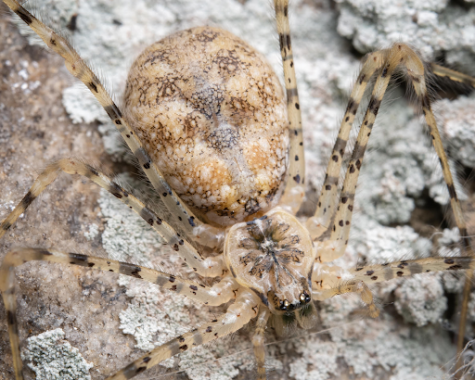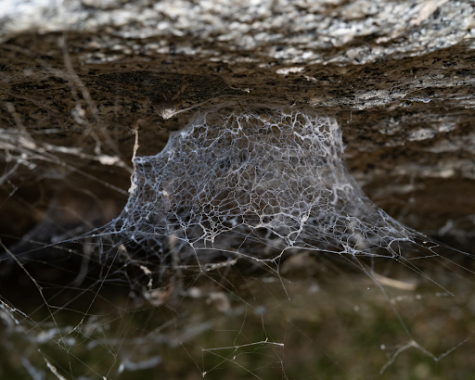
San Diego State biologists have identified a new spider species whose ancestors walked the earth at the same time as the dinosaurs.
The Hypochilus xomote can be found in shady and moist areas of the rocky canyons of the Sierra Nevada Mountains. The xomote is a paleoendemic spider meaning it has a naturally small geographic distribution and has inhabited the area for a long period of time.
The Hypochilus xomote belongs to the Hypochilus genus which has not seen a new species added since 1994 when the xomote’s relative the Hypochilus bernardino was identified.

“We knew it was likely there were cryptic species within the defined genus,” biology professor Marshal Hedin said.
This cryptic species has a body the size of a pencil eraser and can be very hard to locate. Arachnologists and biologists utilize active webs and web scars to spot these tiny creatures.
Hedin and other biologists identified the spider using phylogenomics in their lab at SDSU. Through this process, Hedin can compare the differences between genomes of known spiders and the Hypochilus xomote and reconstruct spider history.
“For this genus it’s spectacular, this genus is a classic spider genus. All arachnologists know about the genus hypochilus because it has very special features and sits in a unique place on the spider tree of life. So it has this combination of primitive and derived features and is very distinctive,” Hedin said.
The genus hypochilus is often referred to as a lampshade spider due to the look of its web.

“They sit on a rock wall and the web comes out from the wall. The web if you look at it from the side looks like a lampshade, narrow at the base and flares out,” Hedin said.
Xomote, the Yowlumni word for south, is used to describe the species due to the spider being the southernmost known group of hypochilus in the Sierra Nevada Mountains. The spider was found about 80 miles northeast of Bakersfield, on lands historically occupied by the Tule River Yokuts people, according to the SDSU News Center.
Astronomy senior Madeline Overton said recognizing native groups of people is important in the field of science.
“I think it goes back to the land and if you’re finding these species on historic land it’s a good way to honor them,” Overton said.
Business Administration freshman Michael Long said the naming of the spider pays homage to the Tule River Yokuts people.
“It’s important since they were here before we were,” Long said.

The Hypochilus xomote is a species of conservation concern as it was a species historically that had a larger and broader distribution, but due to extinction and fragmentation is now restricted to a single place.
“You want to conserve them because you’re conserving this legacy of evolutionary history. They are kinda like living fossils,” Hedin said. “Spiders are remarkably important on their own, but they are remarkably important to humans for lots of reasons. They eat lots of insects, they are incredibly important predators, they have amazing silk which we are starting to use in various ways, and they have venoms that are sometimes medically important.”
Hedin said conservation efforts for spiders like the Hypochilus xomote are important as these spiders can not balloon and leave their habitat.
“They live where they live,” Hedin said. “If they went extinct in those little canyons it would be sad because it’s a unique part of California biodiversity. In the end, we are gonna look back and there isn’t gonna be anything left, it needs to stop at some point in time.”








